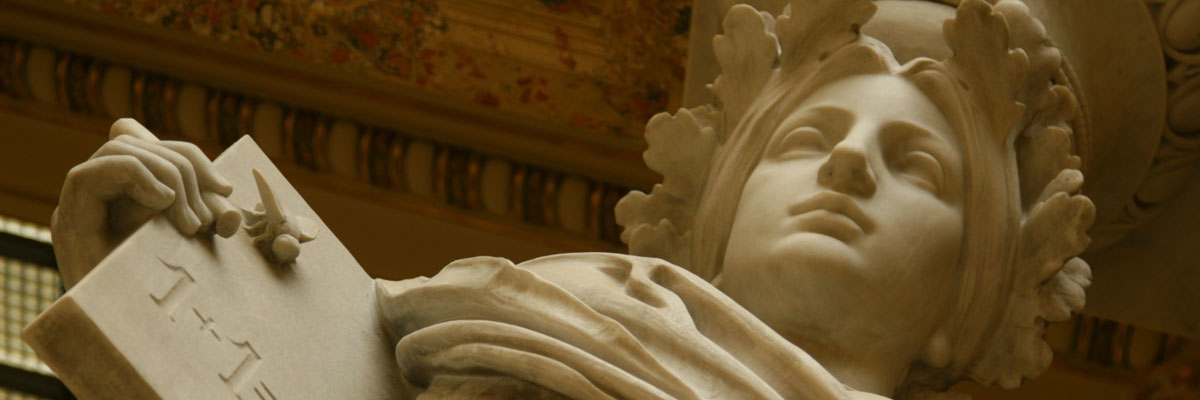
Frozen behaviors in amber fossils
06. 03. 2024
Scientists found evidence that termites which lived millions of years ago engaged in the same mating behaviors described in their living relatives today. Approximately 40 million years ago two termites were in the middle of courtship behavior when they got entrapped by tree resin and preserved in fossilized amber. This so far oldest and only known fossil of an Electrotermes affinis termite pair gave researchers from the Biology Centre of the Czech Academy of Sciences and the Okinawa Institute of Science and Technology (OIST) the unique chance to analyze the mating behavior of the extinct insects. Their findings were now published in the Proceedings of the National Academy of Sciences (PNAS).
The discovery of this rare fossil was a strike of luck. Dr. Ales Bucek, currently the head of the Laboratory of insect symbiosis at the Biology Centre of the Czech Academy of Sciences, immediately recognized the scientific value of this piece of amber when he saw in an e-shop for fossil collectors, “termite fossils are very common, but this piece was unique because it contains a pair. I have seen hundreds of fossils with termites enclosed, but never a pair.” explains Dr. Bucek.
After purchasing the fossil, the team of the Evolutionary Genomics Unit used an X-ray micro-CT to get a better look at the E. affinis pair embedded in the amber, “identifying the species was actually not easy, because there were bubbles in front of important parts of the termite's bodies,” Dr. Simon Hellemans, a postdoctoral researcher at OIST, pointed out. The scan revealed not only to what species the insects belonged but also that the trapped individuals were a male and female laying side-by-side with the female’s mouthparts touching the tip of the male’s abdomen.
An image the researchers were familiar with, as they observed it many times in current day termites engaged in a behavior called tandem running. During this mating behavior the insects display coordinated movements which ensure that the pair stays together while exploring a new nest-site.
Please, find the full arcticle with pictures here.
An article written by Rahel Collyer-Hoar from Okinawa Institute of Science and Technology.
Read also
- We need a new European institute for AI in science, academies advise
- Czech Republic has a new weapon against dangerous viruses and infections
- Searching for mammals in the mountains of Papua New Guinea
- Opening the door to the development of molecular chips
- The first humans came to Europe 1.4 million years ago
- Front-flip: parasitic fish embryos must learn it when they are two days old
- Light-triggered chemistry in a single molecule
- Unique butterfly-shaped magnetic graphene nanoparticle combines two concepts of magnetism formation
- Altermagnetism has been experimentally confirmed
- Materials for reconstructive and plastic surgery improved
The Czech Academy of Sciences (the CAS)
The mission of the CAS
The primary mission of the CAS is to conduct research in a broad spectrum of natural, technical and social sciences as well as humanities. This research aims to advance progress of scientific knowledge at the international level, considering, however, the specific needs of the Czech society and the national culture.
President of the CAS
Prof. Eva Zažímalová has started her second term of office in May 2021. She is a respected scientist, and a Professor of Plant Anatomy and Physiology.
She is also a part of GCSA of the EU.